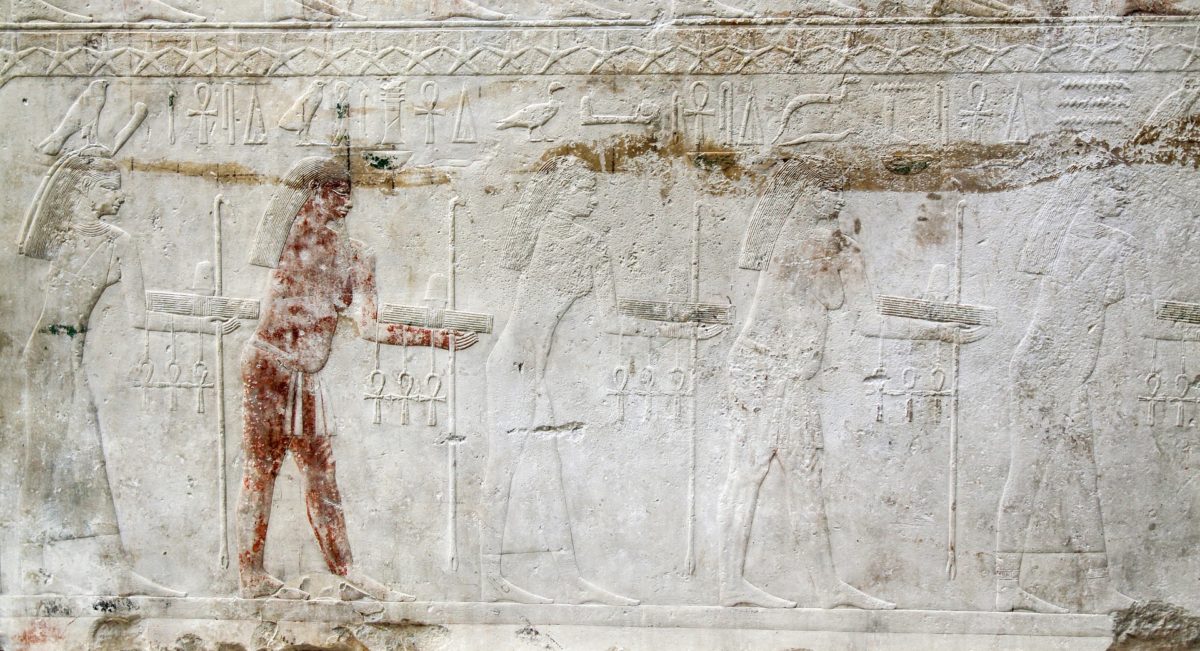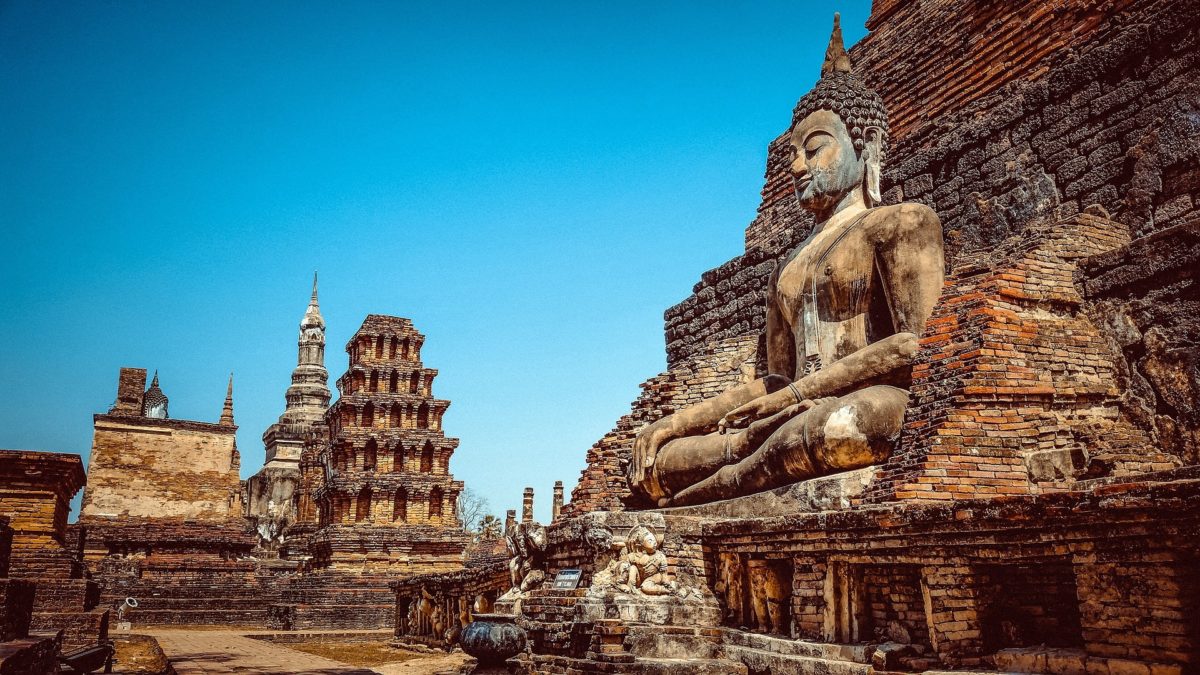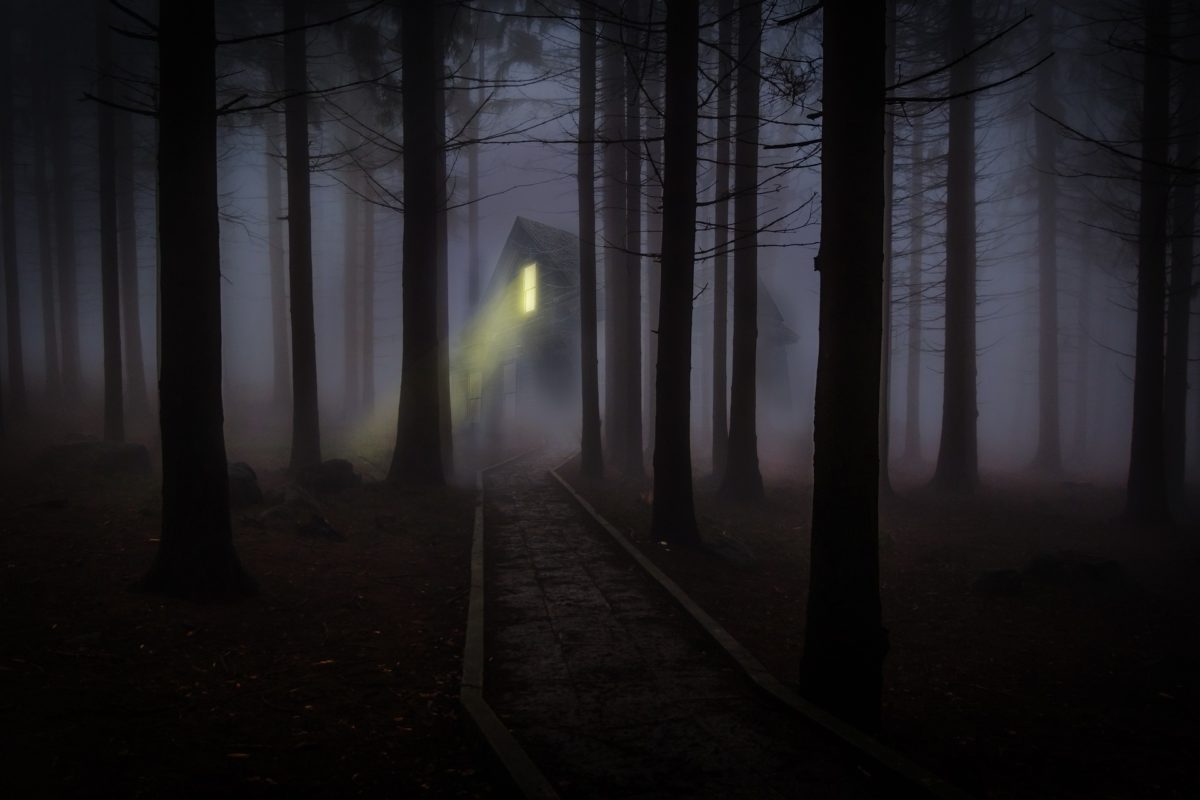Ancient history is filled with fascinating tales of civilizations that have long since vanished. While we have made remarkable discoveries and pieced together substantial knowledge about the past, there are still numerous unsolved mysteries that continue to puzzle historians and archaeologists. These enigmatic puzzles offer a tantalizing glimpse into the lives of our ancient ancestors and leave us with more questions than answers. In this article, we will explore some of ancient history’s most enduring mysteries, shedding light on these enigmas that have perplexed scholars for centuries.
1. The Great Sphinx of Giza
The Great Sphinx of Giza, standing majestically in front of the Pyramids, is one of Egypt’s most iconic symbols. However, despite its fame, much about this colossal statue remains shrouded in mystery. The origins of the Sphinx, its purpose, and the identity of the face it bears are subjects of intense speculation. Was it built by the Pharaoh Khafre or an earlier civilization? Why does it have the body of a lion and the head of a human? These questions continue to perplex experts, making the Great Sphinx an enduring enigma.
2. The Hanging Gardens of Babylon
The Hanging Gardens of Babylon are considered one of the Seven Wonders of the Ancient World, but their existence remains disputed. According to historical accounts, the gardens were an engineering marvel, featuring terraced gardens adorned with exotic plants and waterfalls. However, despite extensive excavations in Babylon, no conclusive evidence has been found to prove their existence. Were the Hanging Gardens merely a myth or a real architectural masterpiece lost to the annals of time?
3. The Antikythera Mechanism
Considered one of the most remarkable archaeological discoveries ever made, the Antikythera Mechanism is an ancient Greek device that dates back to the 2nd century BCE. Discovered in a shipwreck off the coast of the Greek island of Antikythera, it is often referred to as the world’s first analog computer. The mechanism was used to predict astronomical positions and eclipses. Despite its complexity, the purpose and origin of this intricate device remain largely unknown, leaving historians to ponder over its creators and the extent of ancient Greek knowledge and technological advancements.
4. The Nazca Lines
Located in the arid plains of southern Peru, the Nazca Lines are a series of enormous geoglyphs etched into the desert floor. These massive figures, depicting various animals and geometric shapes, were created by the Nazca civilization between 500 BCE and 500 CE. The purpose behind these intricate designs remains a mystery. Were they used for religious rituals, astronomical calendars, or as a means of communication? The Nazca Lines continue to captivate our imagination, leaving us wondering about the civilization that left behind such perplexing creations.
5. The Lost City of Atlantis
The story of Atlantis, a mythical island civilization described by the ancient Greek philosopher Plato, has captured the curiosity of scholars and adventurers for centuries. According to Plato, Atlantis was a powerful and advanced society that ultimately sank into the depths of the sea. While many theories and speculations have been put forward, no concrete evidence of its existence has ever been found. The search for Atlantis continues to fuel the imaginations of explorers and historians, leaving us to wonder if it was simply a work of fiction or a lost city waiting to be discovered.
Medieval Holy Roman Empire Shield

6. The Voynich Manuscript
The Voynich Manuscript is an enigmatic book written in an unknown language, accompanied by illustrations of peculiar plants, astronomical diagrams, and strange symbols. Named after Wilfrid Voynich, the Polish book dealer who acquired it in the early 20th century, the manuscript has stumped linguists, codebreakers, and historians for decades. Despite numerous attempts, no one has been able to decipher its contents or determine its origin. Is it a secret code, a lost language, or an elaborate hoax? The Voynich Manuscript continues to defy our understanding, leaving us intrigued by its mysterious pages.
7. The Tomb of Genghis Khan
Genghis Khan, the legendary Mongol conqueror, was buried in an undisclosed location upon his death in 1227 CE. The tomb of this great warrior has remained hidden for centuries, despite numerous efforts to locate it. The mystery surrounding the tomb of Genghis Khan not only lies in its elusive whereabouts but also in the belief that anyone who disturbs or discovers the tomb will suffer dire consequences. The search for this hidden burial site continues to capture the imagination of historians and adventurers, as they seek to unravel the secrets of one of history’s most influential figures.
8. The Mayan Collapse
The ancient Mayan civilization, known for its remarkable achievements in astronomy, architecture, and mathematics, experienced a mysterious collapse around the 10th century CE. The once-thriving cities were abandoned, and the Mayan people dispersed. The exact cause of this collapse remains a subject of debate among historians. Some theories suggest environmental factors such as drought, overpopulation, or deforestation, while others propose social and political unrest. Unraveling the true reasons behind the collapse of the Maya civilization is crucial to understanding the complexities of ancient societies and the factors that contribute to their rise and fall.
9. The Indus Valley Script
The Indus Valley Civilization, which flourished around 2600 to 1900 BCE in what is now modern-day Pakistan and northwest India, developed one of the earliest urban societies in the world. Despite its sophistication, the script used by the Indus Valley people remains undeciphered. The script, consisting of a series of symbols and signs, has confounded linguists and scholars for decades. Understanding the Indus Valley script could provide valuable insights into the culture, religion, and governance of this ancient civilization, but until then, it remains a linguistic puzzle waiting to be solved.
10. Stonehenge
Stonehenge, the iconic prehistoric monument located in Wiltshire, England, continues to amaze and perplex visitors and researchers alike. Built in several stages between 3000 and 2000 BCE, this archaeological wonder consists of massive standing stones arranged in a circular pattern. The purpose of Stonehenge remains a mystery. Was it a religious site, an astronomical observatory, or a burial ground? The precise construction methods used and the significance of its alignment with celestial events are still subjects of speculation and study. Stonehenge stands as a testament to the ingenuity of our ancestors and serves as a reminder of the mysteries that lie within our ancient landscapes.
Conclusion
Ancient history’s unsolved mysteries provide us with a glimpse into the puzzling aspects of our past. From the enigmatic Great Sphinx of Giza to the elusive tomb of Genghis Khan and the undeciphered Voynich Manuscript, these mysteries continue to captivate our imagination. As we strive to unravel the secrets of the past, these unsolved puzzles remind us that there is still much more to learn about the ancient civilizations that came before us. They inspire us to delve deeper into the mysteries of history, shedding light on the unknown and expanding our understanding of the rich tapestry of human existence.

Unmasking the Skull and Bones
For decades, the Skull and Bones society has captivated the imagination of many. Known for its association with Yale University, this secret society

Whispers of the Serpent’s Legacy
Chapter 1: The Lost Manuscript In a dimly lit study in a remote English manor, Professor Samuel Worthington poured over the weathered pages of an

Secretive Societies: Separating Truth from Fiction
Secretive societies have always captured the imagination of people, fueling conspiracy theories and legends. These organizations often operate behind






